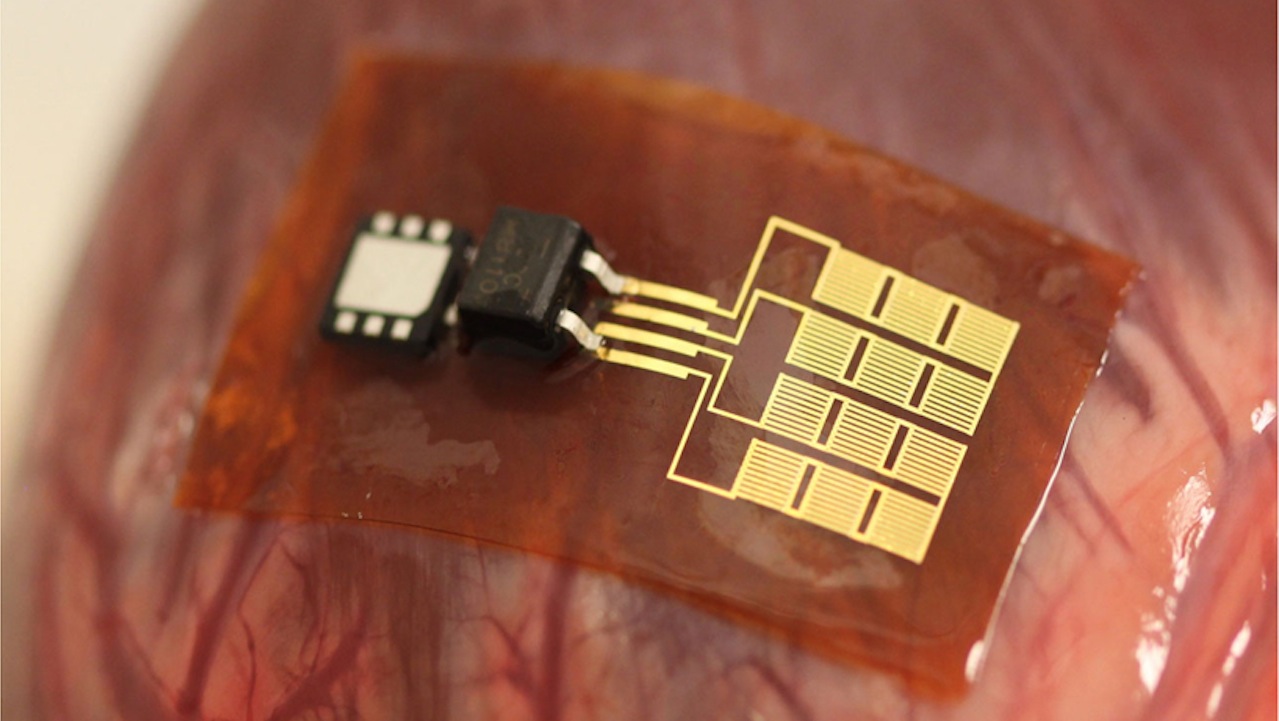So you’ve outfitted your body with all the necessary bioelectronics: pacemakers, cochlear implants, RFID art chips, and the like. Now: how to power it all? Soon, you might consider a new device that converts the movements of your organs into usable electricity, so that those devices can run without a recharge for the rest of your life. Phys.org explains how it works:
The new device has nanoribbons that are made of lead zirconate titanate—they are covered by flexible, biocompatible plastic, as are the other two main parts: an integrated rectifier and a rechargeable battery. The device is sewn directly onto the heart, lung or diaphragm—all parts that are in constant motion—as the body parts move, they cause the ribbons to bend slightly, which in turn causes the creation of a small amount of electricity. Thus far, the devices have been tested on cows and other large animals—the team reports that they are able to create enough electricity to power a pacemaker or other implantable device indefinitely.
If you still don’t understand, maybe this GIF of it working on a cow’s heart, via Designboom, will help:

Get it?


